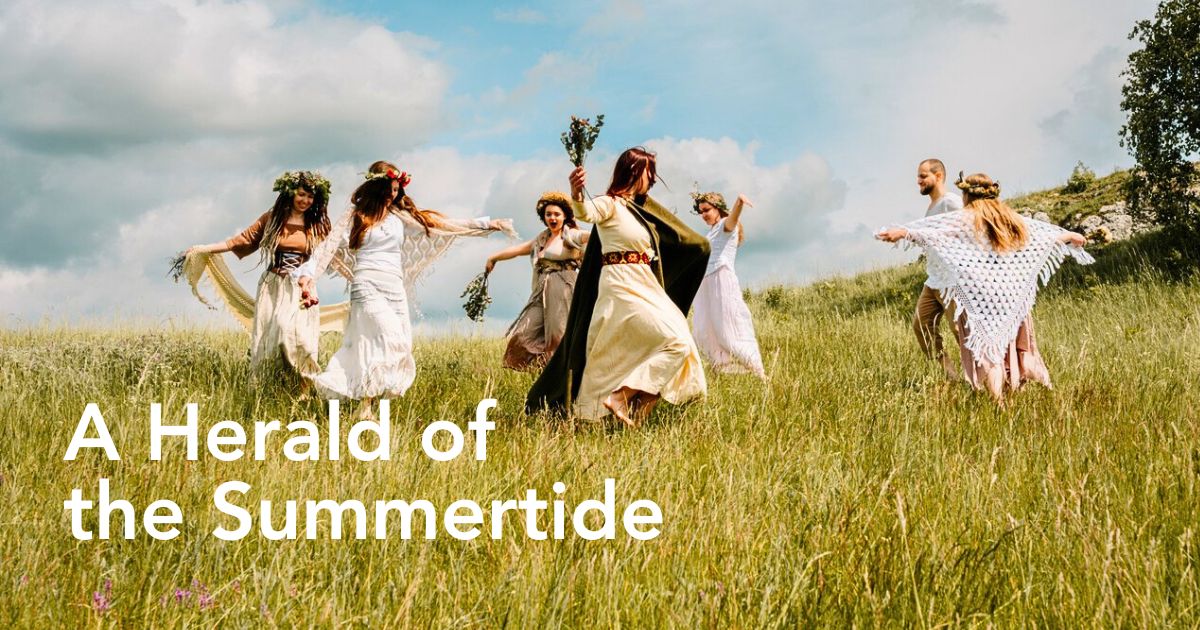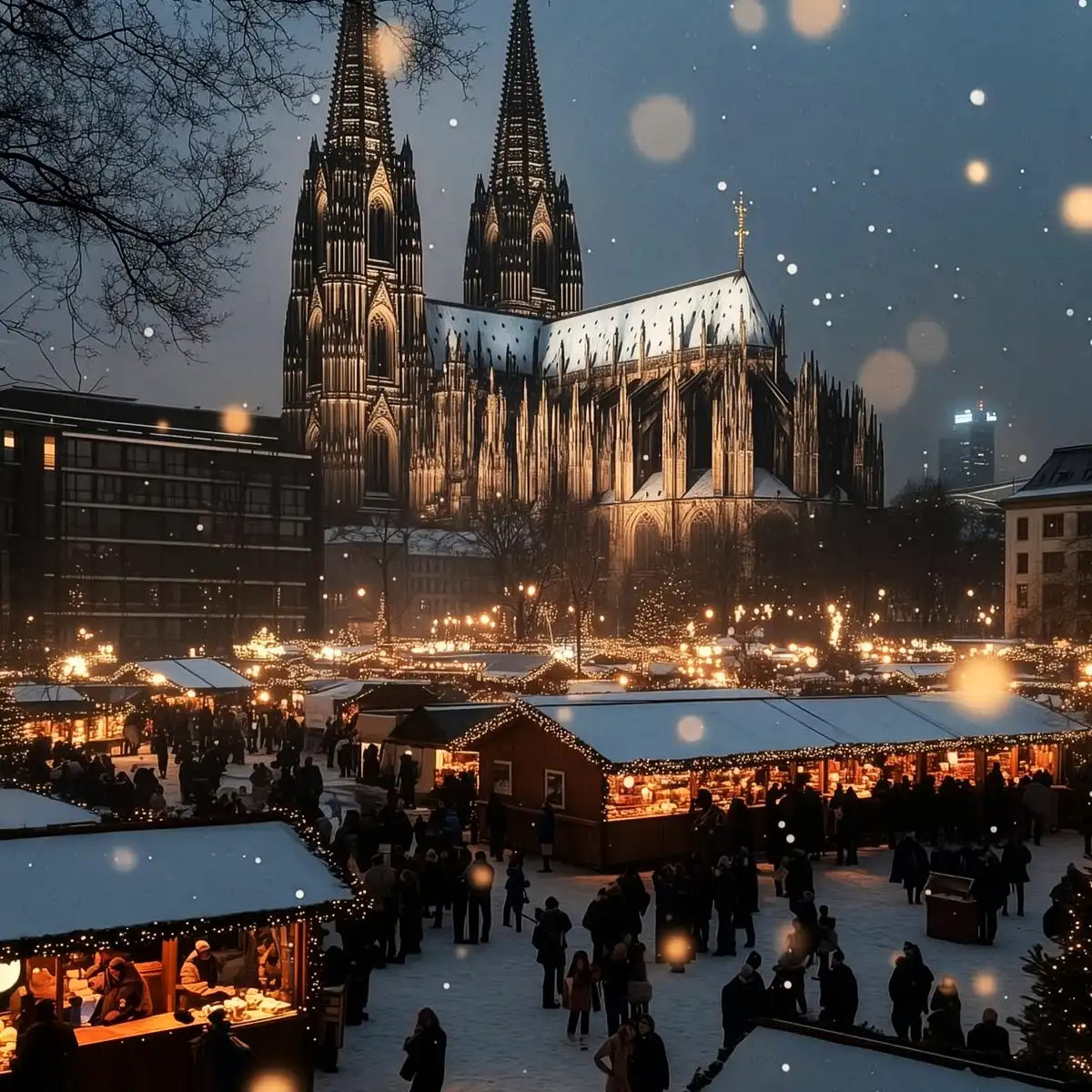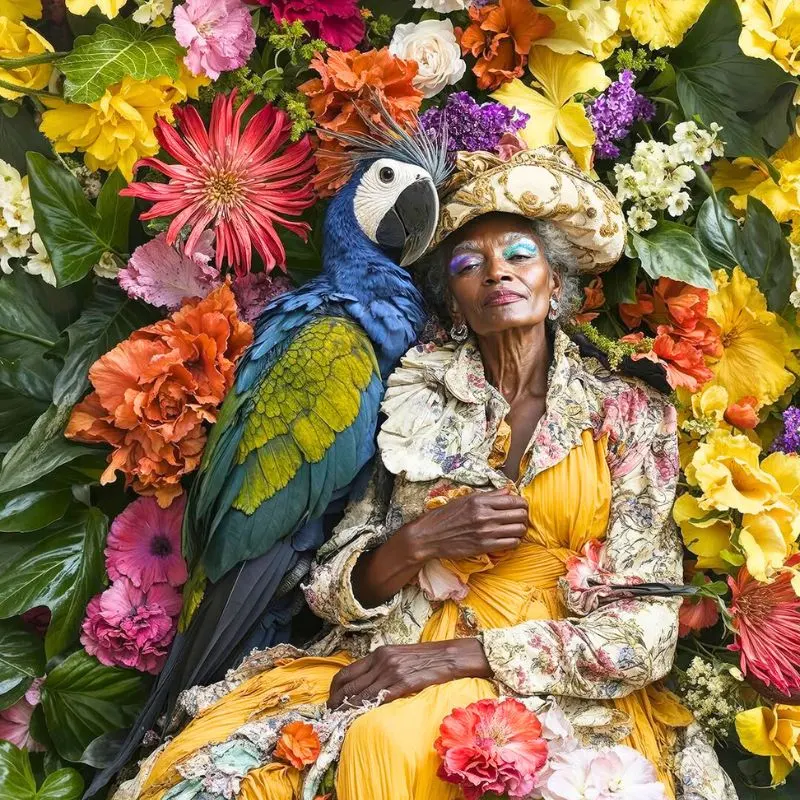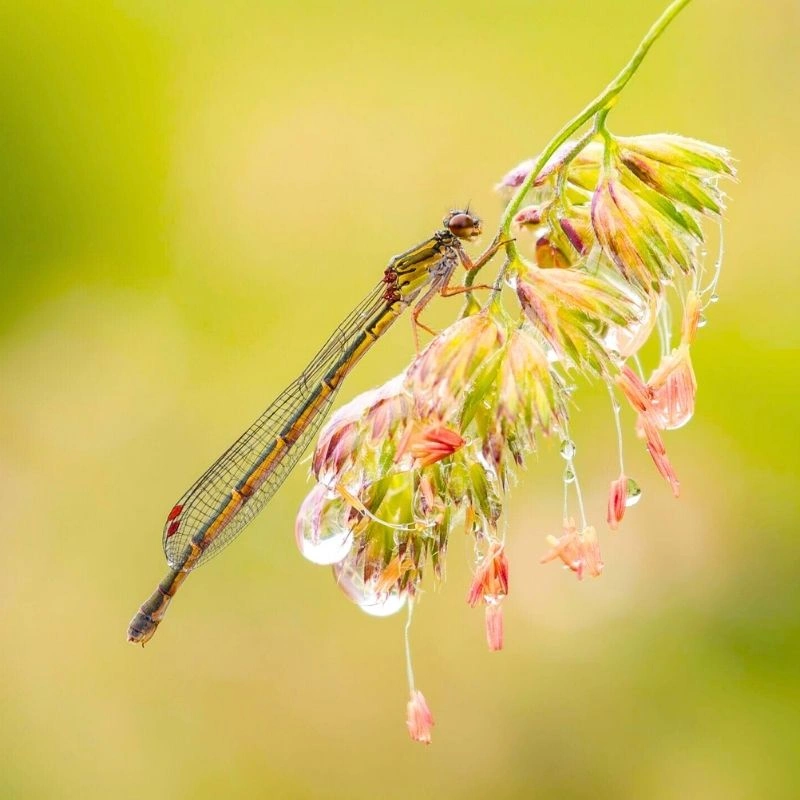Summer days are finally here! Get ready to bask in the sun's warmth as the summer solstice ushers in the sunshiny days. Saturday, June 21, 2025, at 4:42 AM, marks the first astronomical summer day in the Northern Hemisphere. And, this longest day of the year will definitely light up your world with energy, sunshine, and loads of brightness, and of course, the start of summer fun. This is the perfect time to celebrate life and all the beauty that comes with it. So let's explore the history, significance, and importance of this day that marks the start of the summer season.
Summer Solstice a.k.a. Midsummer
Summer solstice, also known as 'midsummer', has been celebrated for thousands of years by different cultures around the world. It has held great importance for human civilizations since the dawn of recorded history, being a crucial marker for agricultural societies and spiritual communities. Ancient cultures understood that the solstice represented the sun at its most powerful, making it an ideal time for harvesting medicinal herbs and conducting sacred rituals. The connection between the solstice and agriculture remains today, as farmers recognize this day as a critical turning point in the growing season when crops begin their transition from growth to maturation.
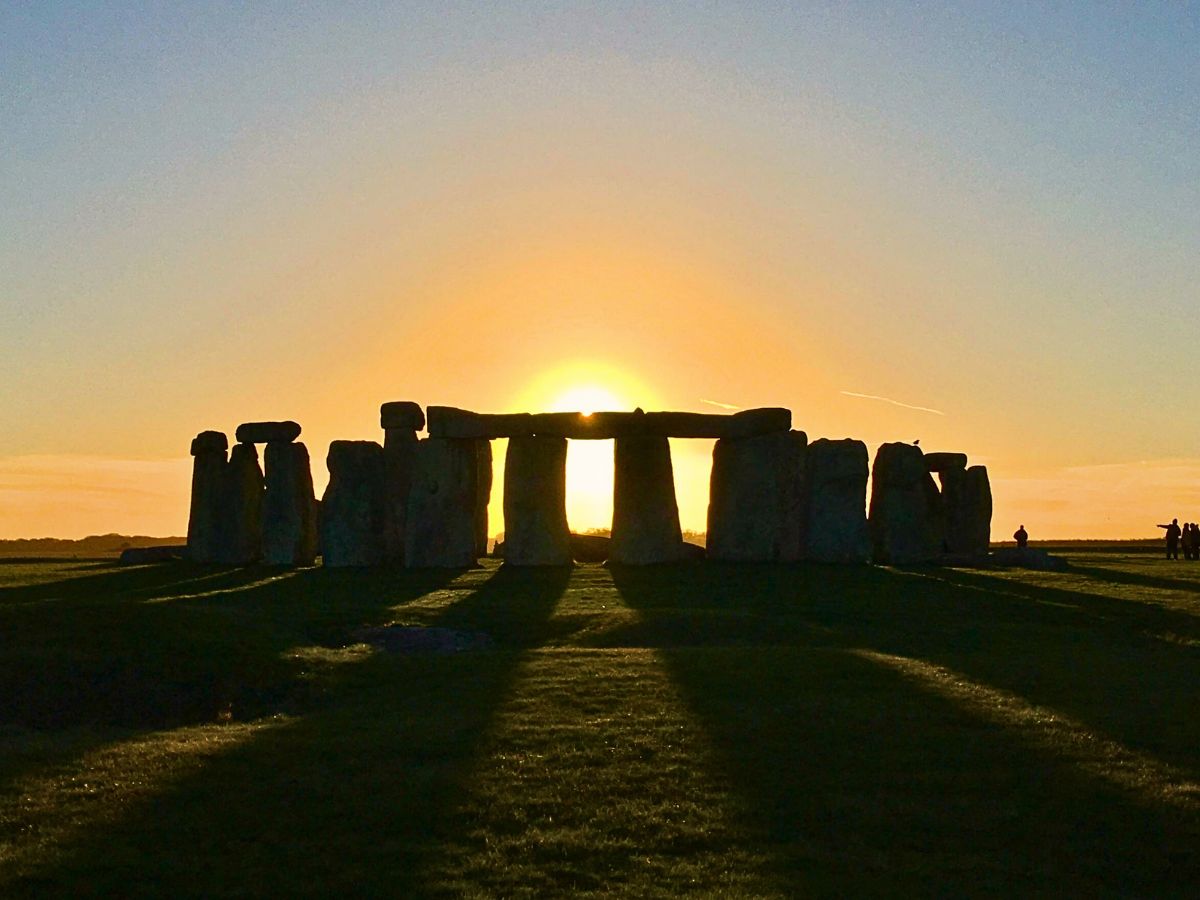
Archaeological evidence reveals the understanding ancient peoples had of solstice mechanics through their monumental structures and architecture. The Great Pyramids of Egypt align precisely with the summer solstice, allowing observers standing at the Sphinx to witness the sun setting directly between two pyramids on this sacred day. Stonehenge in England also shows great astronomical precision, with its construction allowing one to observe the sunrise aligned over the Heel Stone during the summer solstice, suggesting that this ancient monument was both a sacred site and an astronomical observatory.

The Maya civilization also incorporated solstice observations into their architectural creations, with structures like El Castillo at Chichén Itzá designed to create dramatic light displays during solstice periods. These ancient cultures recognized the solstice as fundamental to understanding agricultural cycles, with the Maya particularly noting how the cycle of planting and harvesting was very closely tied to the solar cycle, which made the solstice an important marking for agricultural planning. The Druids in Britain and Ireland also observed this day, as did the ancient Greeks and Romans.
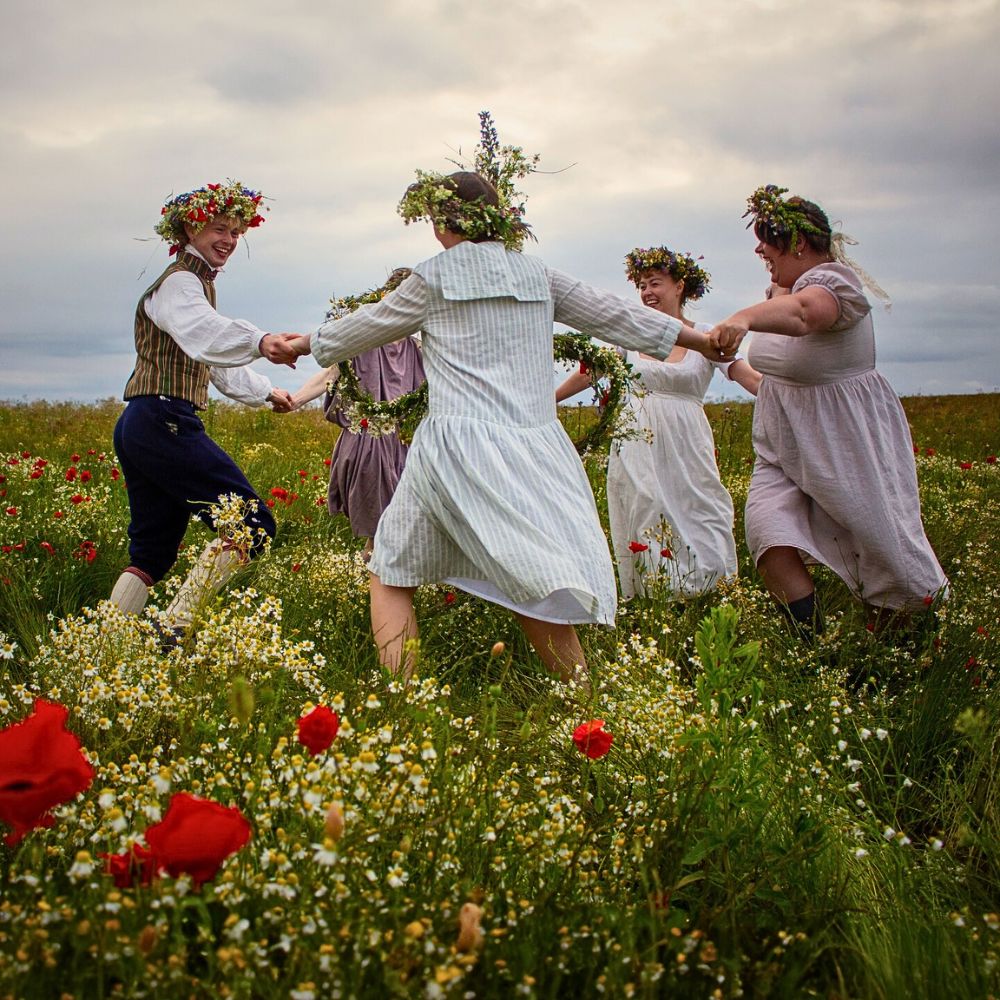
Modern science has validated the wisdom of ancient observations regarding the psychological and physiological importance of sunlight exposure during the summer months. Research demonstrates that increased sunlight exposure during summer helps regulate the relationship between melatonin and serotonin, hormones that significantly influence mood and mental health. This biological response to extended daylight helps explain why cultures throughout history have celebrated the summer solstice as a time of joy, renewal, and spiritual significance. Midsummer, essentially, marks the beginning of the summer season and is associated with fertility, growth, and abundance. It is a time of joy and celebration, a time to honor the sun and all that it represents.
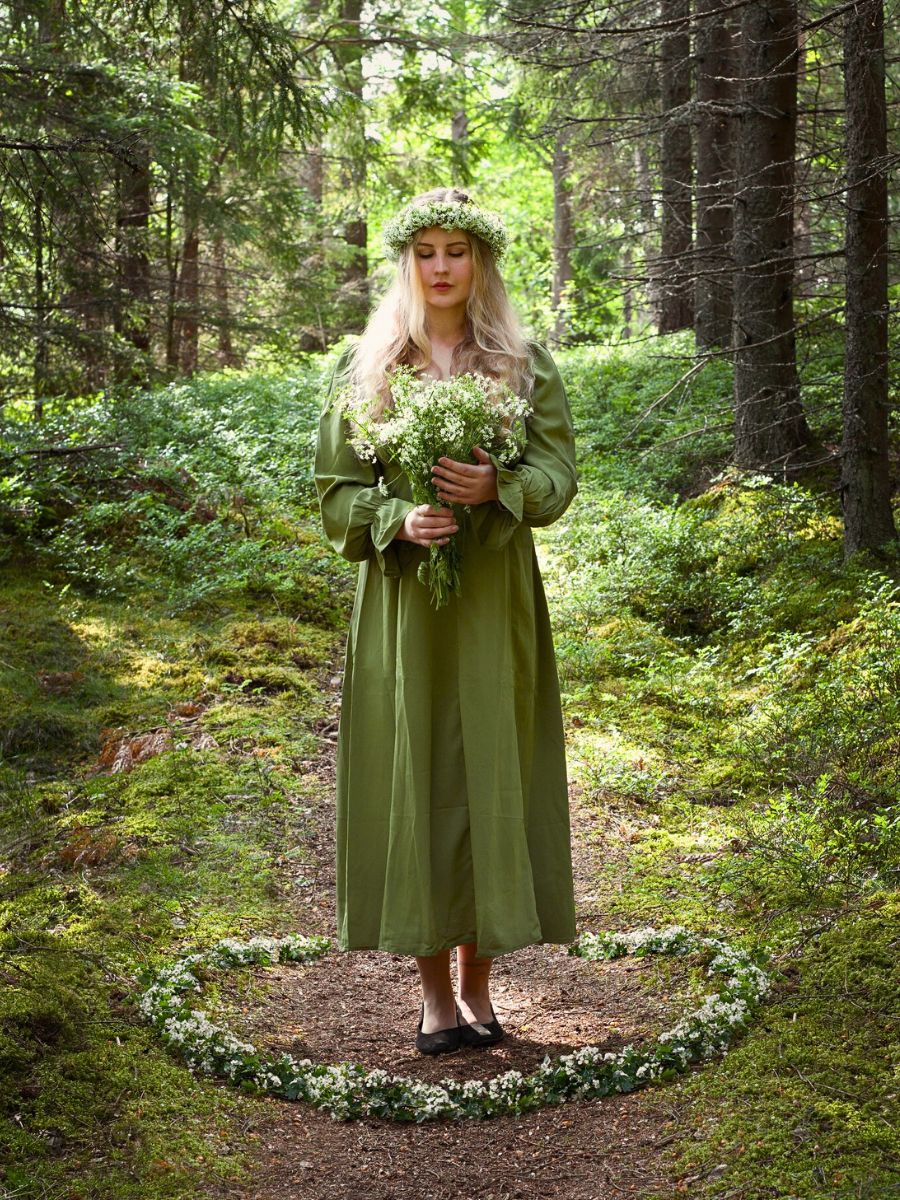
The Importance of the Summer Solstice
The summer solstice is important because, marking the longest day of the year, it heralds the beginning of the summer season. On this day, the sun is usually at its highest point in the sky, and the days are long and bright while making every and any setting more colorful. There's genuine happiness running all around when summer starts. One more reason why the summer solstice is also important is that it is a reminder to connect with nature and honor the cycles of the earth. It is a time to appreciate the beauty of the natural world and to be grateful for all that it provides. A time to slow down, to reflect, and to enjoy the simple pleasures of life.

Why People Love the Summer Solstice
People love the summer solstice because it is a time of joy and celebration when temperatures start to rise, and the months of the winter blues start to recede. It is a time to enjoy the warmth of the sun and to connect with friends and family, because that's what warm weather does: it creates an ambiance of union and fun activities outdoors all day. The summer solstice is also a time of growth and abundance, both in nature and in our own lives. Many people like to set intentions for the future and celebrate all that we have accomplished so far during the first half of the year, and what is to come in the second half. It serves as a moment to look forward to the opportunities that lie ahead.
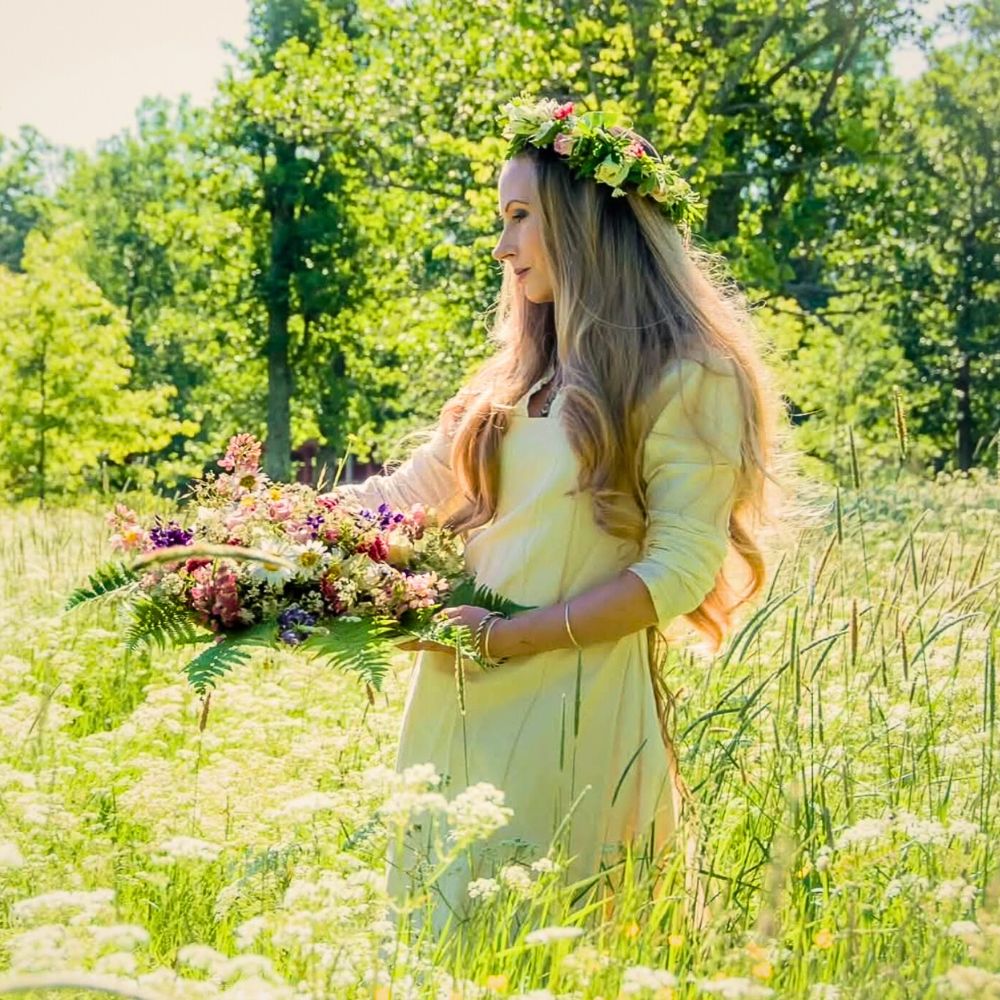
How to Celebrate the Summer Solstice
There are many ways to celebrate the summer solstice, from small, personal rituals to large community gatherings. Some ideas include watching the sunrise or sunset, taking a walk in nature, having a bonfire or BBQ with friends and family, creating a summer solstice altar with flowers, herbs, and other natural elements, participating in a community celebration, such as a parade or festival, taking a yoga or meditation class to connect with your inner self and the natural world, going to floral workshops to celebrate how bright and joyful flowers make summer, and reflecting on the past year and setting intentions for the future (among many others, of course).
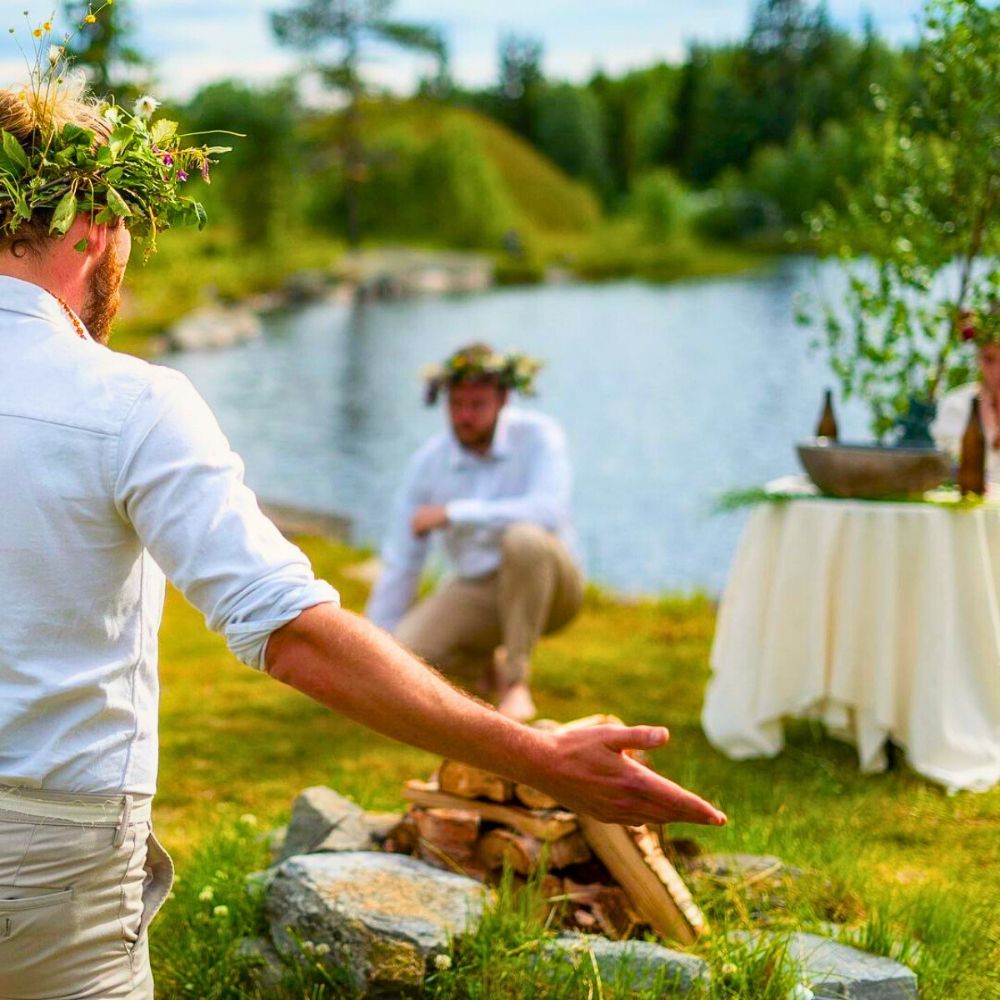
No matter how you choose to celebrate the summer solstice, the most important thing is to take the time to connect with nature, to reflect, and feel the warmth of this time of the year that welcomes practically everyone's favorite seasons of the year.
Typical Flowers and Their Meanings
The summer solstice arrives at the peak of nature's floral richness, when countless species reach their maximum blooming potential under the extended daylight hours. It is, therefore, often associated with flowers, which are in full bloom during this time of year, and all of which are symbolic of summer, including sunflowers, roses, lavender, and chamomile.
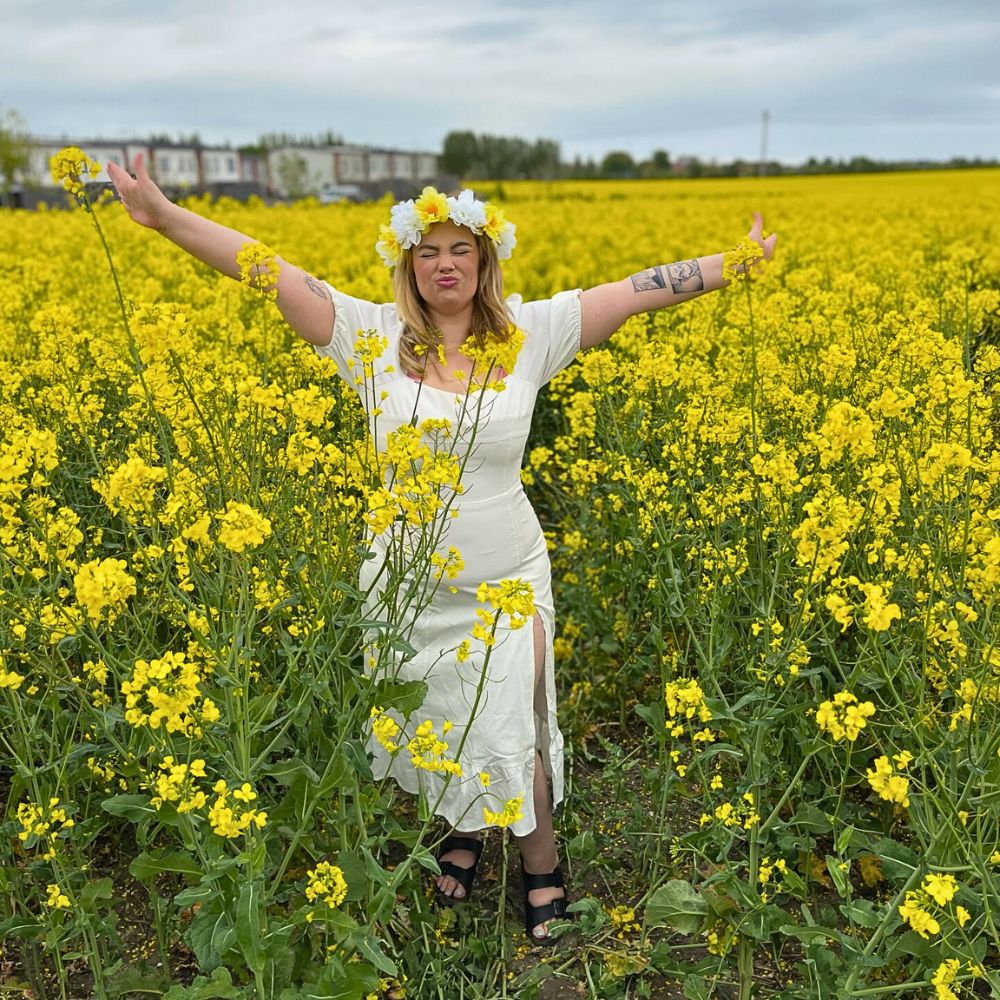
Essentially, plants harness the increased solar energy through photosynthesis, converting the plentiful light into the energy necessary for vigorous growth and spectacular flowering displays. This botanical phenomenon transforms landscapes into landscapes of color and fragrance, creating the perfect backdrop for solstice celebrations that have always incorporated flowers.
Traditional solstice flowers carry deep symbolic meaning rooted in ancient folklore and practical wisdom. Sunflowers, whose botanical name Helianthus is derived from the Greek words for sun and flower, embody the very essence of the solstice through their heliotropic behavior of tracking the sun's path across the sky. Young sunflowers face east at dawn and follow the sun's journey until they face west at sunset; a demonstration of the Earth's relationship with the solar system. Known for their bright yellow petals and often seen as a direct symbol of the sun, sunflowers are richly symbolic, representing vitality, warmth, and positivity, making them a perfect choice for summer solstice celebrations.
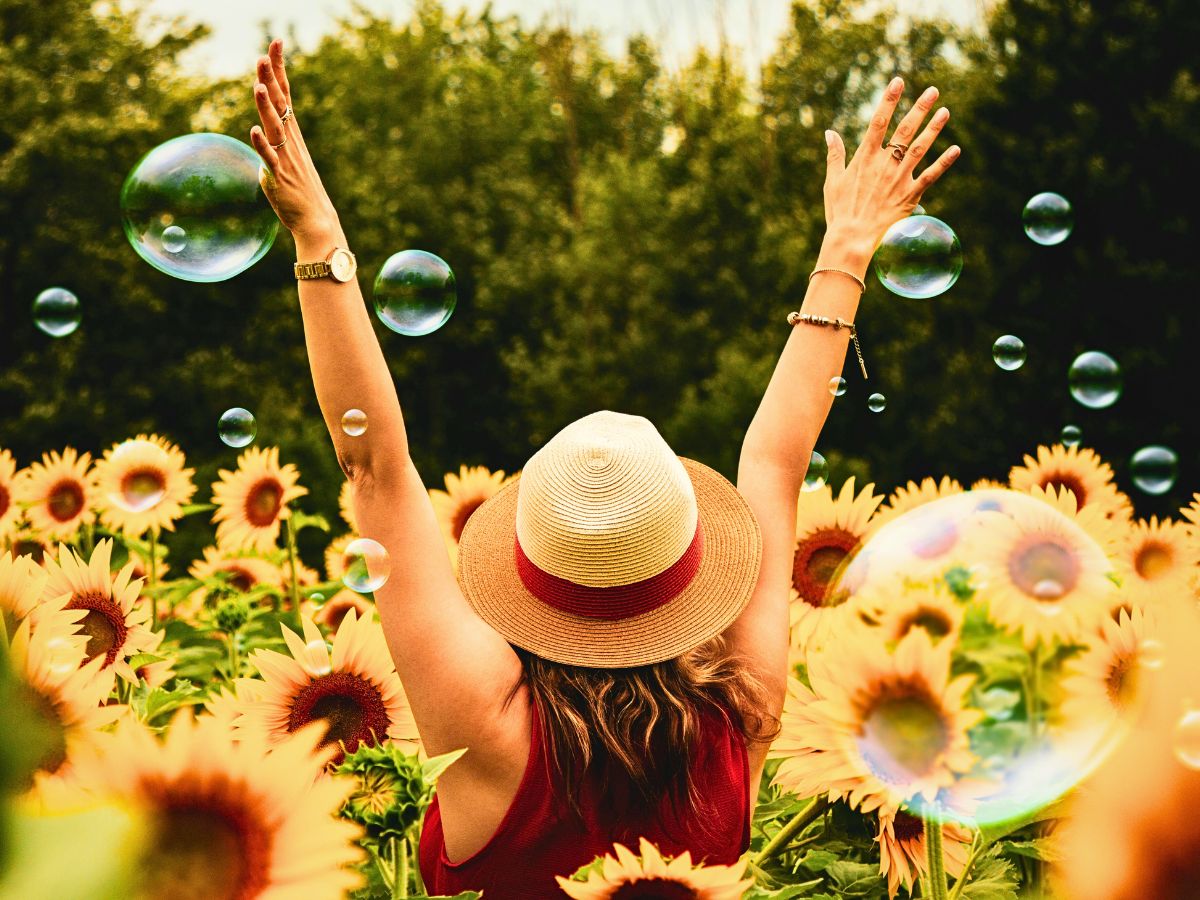
Hypericum, also called St. John's Wort, represents perhaps the most significant solstice flower, traditionally harvested on this sacred day when ancient peoples believed healing herbs reached their maximum potency. The Celtic peoples considered this bright yellow flowering plant magical, associating it with prosperity, protection, and abundant harvests. The tradition of gathering St. John's Wort on the solstice was thought to harness the sun's energy at its strongest point, with the herb's stems producing a red juice that ancient cultures associated with life-giving blood.
Lavender holds special significance as a cooling counterbalance to the solstice's intense heat, with its purple flowers acting as traditional strewing herbs cast into ceremonial bonfires to bring peace and serenity. This popular herb is often used in summer solstice rituals. It is known for its calming properties and is associated with tranquility, peace, and spiritual renewal. Ancient traditions combined lavender with mugwort, chamomile, and roses in elaborate floral mixtures believed to attract beneficial spirits and fairies, while harvesting these aromatic herbs on the solstice was thought to honor the gods and maximize their therapeutic properties.

On their own, roses are another popular flower for the summer solstice, known for their beauty and fragrance. They symbolize love, joy, and happiness, making them a fitting addition to any summer solstice celebration. Chamomile is also another herb that is commonly used individually in summer solstice celebrations. It is known for its soothing properties and is associated with relaxation, healing, and purification.
The creation of flower crowns and garlands represents one of the most persistent solstice traditions, with ancient peoples weaving blooms into protective circles worn during celebrations. Slavic traditions specifically called for garlands made from blue and yellow flowers, including pansies, globeflowers, and chamomile, with these floral creations believed to protect wearers from negative influences while connecting them to the earth's abundant energy. Overall, the flowers and herbs associated with the summer solstice represent growth, abundance, and the beauty of the natural world.
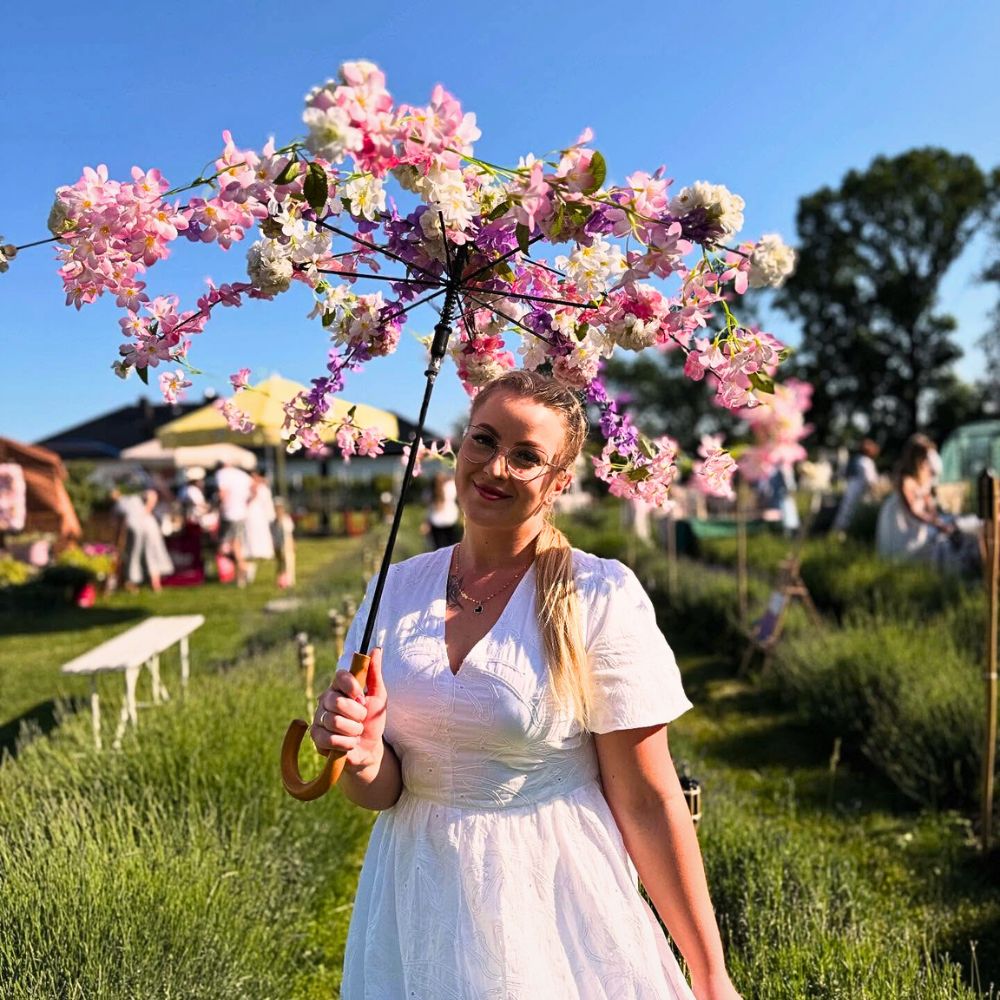
Yes, the longest day is one of the most delightful days of the year, and summer is more than ready to start the fun activities, being outdoors, hanging out with friends, buying your favorite flowers, and much more!
Feature image by @gabrysoowa, header image by @baso_stranska.

